Die Wahl zwischen manueller Vektorisierung und automatischer Nachverfolgung hängt von den Anforderungen Ihres Projekts ab. Wenn Sie makellose Details und vollständige Anpassung benötigen, Die manuelle Vektorverfolgung ist die Methode der Wahl.
Aber wenn Geschwindigkeit und Kosten für Sie oberste Priorität haben, Auto-Tracing-Software kann die Arbeit schneller erledigen.
Jede Methode hat ihre Vor- und Nachteile, und in diesem Artikel, Wir gehen auf die wichtigsten Unterschiede ein, um Ihnen bei der Auswahl der besten Option für Ihre spezifischen Designanforderungen zu helfen.
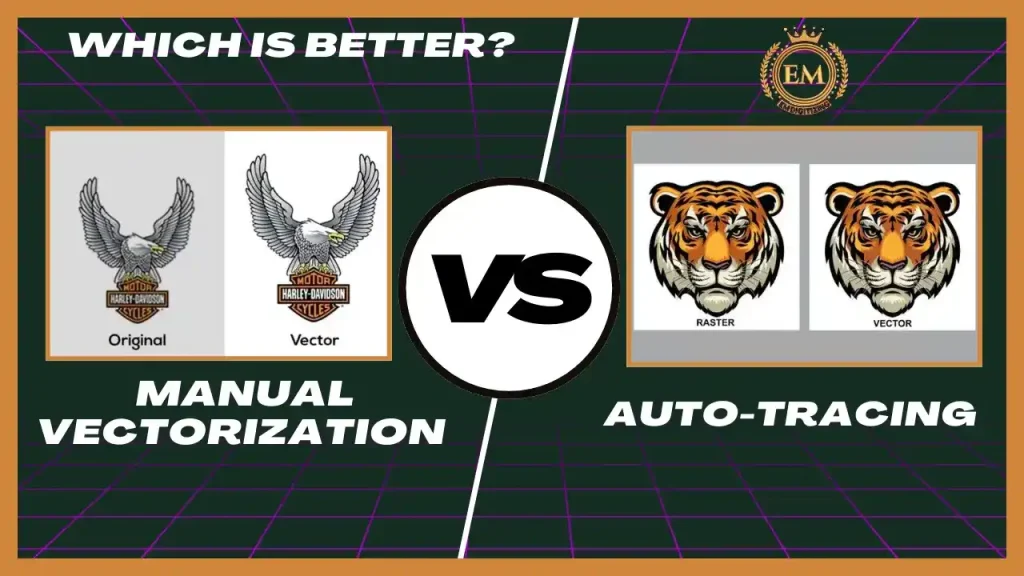
Manuelle Vektorisierung vs. automatische Verfolgung
Was ist Vektorisierung und warum ist sie wichtig??
Bei der Vektorisierung wird ein aus winzigen Pixeln bestehendes Bild in ein sauberes Bild umgewandelt, scharfes Bild aus Linien, Formen, und Kurven.
Dieses neue Bild wird als Vektorgrafik bezeichnet, und die Größe kann ohne Qualitätsverlust geändert werden. Das heißt, Sie können es größer oder kleiner machen, und es wird immer klar bleiben.
Die Vektorisierung ist wichtig, weil:
- Stellt sicher, dass die Bilder auch bei Größenänderungen klar und scharf bleiben.
- Ideal für Logos, Zeichen, und Stickmotive.
- Erleichtert das Bearbeiten und Anpassen von Bildern mit Vektorsoftware.
- Die Vektorverfolgung ermöglicht eine hohe Qualität, professionelle Ergebnisse.
Was ist manuelle Vektorisierung??
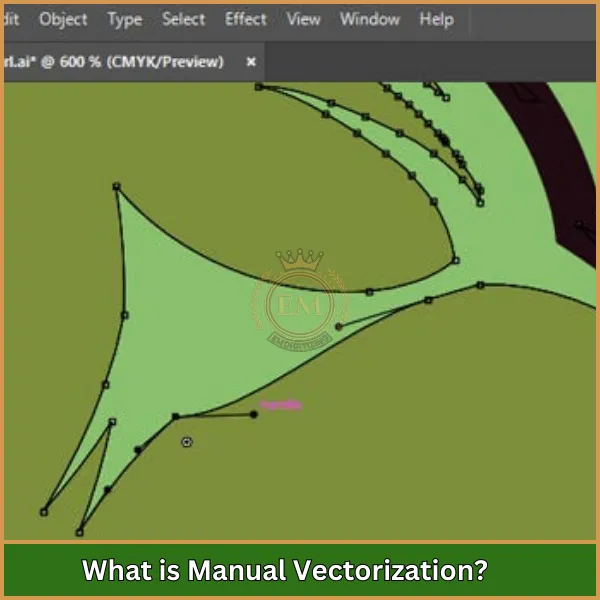
Dabei handelt es sich um den Prozess, bei dem ein normales Bild von Hand in eine Vektorgrafik umgewandelt wird. Ein Designer zeichnet das Bild sorgfältig mit einem Vektorisierungsprogramm nach, Stellen Sie sicher, dass jede Zeile, Kurve, und die Form ist perfekt. Mit dieser Methode hat der Designer die volle Kontrolle über die Details, Dies ist besonders nützlich für komplexe Designs wie Logos oder Grafiken.
Vorteile
- Hohe Präzision: Die manuelle Methode bietet eine höhere Genauigkeit, insbesondere für detaillierte Designs.
- Anpassbar: Designer können bei Bedarf Anpassungen am Bild vornehmen.
- Ideal für komplexe Designs: Ideal für Projekte wie Logos, Kunstwerk, oder Entwürfe für a Druckmaschine.
- Hochwertige Ausgabe: Sorgt für beste Ergebnisse, Damit eignet es sich perfekt für Vektorisierungsdienste.
Nachteile
- Zeitaufwendig: Das manuelle Nachzeichnen von Bildern nimmt viel Zeit in Anspruch, vor allem, wenn sie komplex sind.
- Teurer: Da es mehr Arbeit erfordert, Die manuelle Vektorisierung kostet mehr, insbesondere bei der Nutzung professioneller Vektorisierungsdienste.
- Erfordert Geschick: Nur erfahrene Designer, die wissen, wie man ein Vektorisierungsprogramm verwendet, können es richtig machen.
Was ist Auto-Tracing??
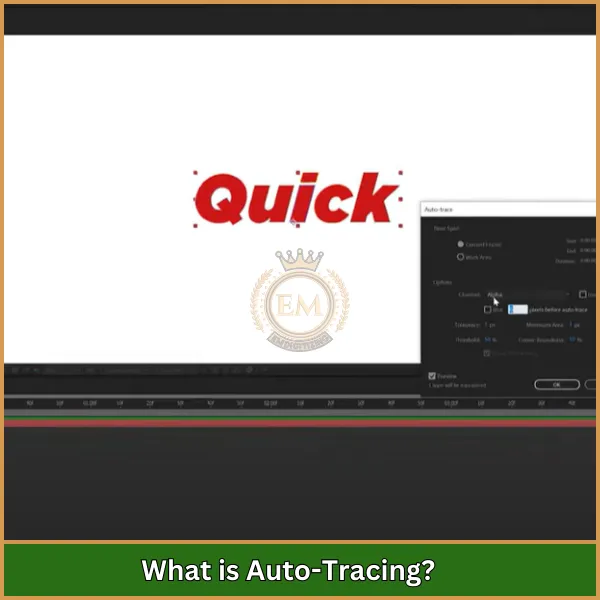
Dabei handelt es sich um eine Vektorsoftware, die ein Bild automatisch in eine Vektorgrafik umwandelt. Anstatt es von Hand zu tun, wie bei der manuellen Vektorisierung, Die Software verwendet ein integriertes Tool, um die Formen und Linien des Bildes nachzuzeichnen.
Diese Methode ist für einfache Designs schneller und einfacher, Es kann jedoch sein, dass nicht jedes Detail perfekt erfasst wird.
Vorteile
- Schneller Prozess: Die automatische Nachverfolgung ist viel schneller als die manuelle Nachverfolgung, da die Vektoranwendung den Großteil der Arbeit erledigt.
- Einfach zu verwenden: It doesn’;Es erfordert nicht viel Geschick, Daher eignet es sich hervorragend für Anfänger.
- Kosteneffizient: Since it’;Das ist automatisch, es ist billiger und weniger zeitaufwändig.
Nachteile
- Weniger präzise: Bei der automatischen Verfolgung können kleine Details übersehen werden, insbesondere bei komplexen Bildern.
- Begrenzte Anpassungsmöglichkeiten: Sie haben nicht so viel Kontrolle über das endgültige Design wie bei der manuellen Vektorkonvertierung.
- Inkonsistente Ergebnisse: Die Qualität der Ausgabe hängt von der Vektorsoftware und der Komplexität des Bildes ab.
Hauptunterschiede zwischen manueller Vektorisierung und automatischer Verfolgung
Bei der Wahl zwischen manueller Vektorverfolgung und automatischer Vektorverfolgungssoftware, it’;Es ist wichtig zu verstehen, wie sie sich unterscheiden. Lassen Sie uns die wichtigsten Unterschiede anhand mehrerer Faktoren aufschlüsseln:
- Anforderungen an die Bildqualität
- Genauigkeit der Konvertierung
- Kostengünstig
- Bearbeitungszeit
- Bearbeitungsmöglichkeiten
- Nutzungskontext
Anforderungen an die Bildqualität
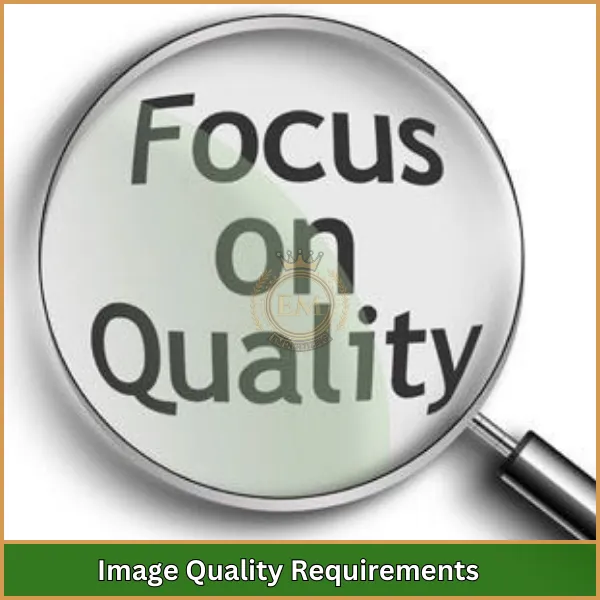
Die manuelle Vektorumwandlung bietet Ihnen die höchste Bildqualität, da ein Designer jeden Teil des Bildes sorgfältig verfolgt.
Diese Methode ist perfekt für detaillierte Arbeiten wie Logos, Illustrationen, und Kunstwerk, wo jede kleine Linie und jede Kurve wichtig sind. Vector Art Services Verwenden Sie häufig manuelle Methoden, um Präzision zu gewährleisten.
Andererseits, Automatisierte Verfolgungsoftware kann einige feinere Details verpassen, Es ist weniger ideal für Projekte, bei denen eine hohe Bildqualität ein Muss ist.
Es ist besser für einfache Designs geeignet, die nicht viele Details erfordern. Wenn die Bildqualität von entscheidender Bedeutung ist, Manuelle Vektorisierung ist die bessere Wahl.
Genauigkeit der Konvertierung
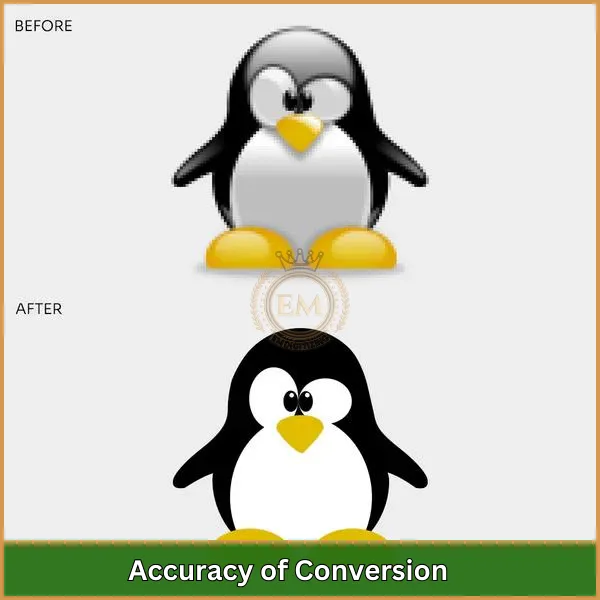
Wenn es um Genauigkeit geht, Die manuelle Bildverfolgung ist viel zuverlässiger. Ein Designer kann jeden Teil des Designs sorgfältig anpassen, um sicherzustellen, dass er perfekt aussieht.
Dies macht es besonders nützlich für komplexe Designs oder für Branchen wie Stickerei oder Druck, Wo auch kleine Details wichtig sind.
Im Vergleich, Auto-Tracing-Software ist nicht so genau. Da es auf Algorithmen innerhalb der Vektoranwendung beruht, Es kann manchmal wichtige Details verpassen oder Fehler machen, wenn sie kompliziertere Designs konvertieren. Dies kann zu einer weniger genauen Ausgabe führen.
Kostengünstig
Auto-Bildverfolgung ist kostengünstiger, da es nur wenig manuelle Anstrengung erfordert. Es ist schnell, und jeder mit grundlegenden Fähigkeiten kann es nutzen, was die Kosten senkt. Für Unternehmen, die eine große Anzahl von Designs schnell und mit kleinem Budget verarbeiten müssen, Die automatisierte Verfolgung ist die billigere Option.
Jedoch, Manuelle Vektorisierung ist teurer, weil es Zeit braucht und die Fähigkeiten eines Profis erfordert. Vector-Dienste, die manuelle Methoden anbieten, verlangen tendenziell mehr, weil sie mehr Zeit damit verbringen, sicherzustellen, dass das Design perfekt ist.
Bearbeitungszeit
Wenn Geschwindigkeit Priorität hat, Software zur automatischen Vektorisierung ist die beste Option. Es kann einfache Bilder in Sekundenschnelle in das Vektorformat konvertieren. Dies ist ideal für Unternehmen oder Privatpersonen, die eine schnelle Lösung für eine große Anzahl von Bildern benötigen.
Im Gegensatz, Die manuelle Vektorkonvertierung dauert viel länger. Ein Designer muss jedes Element des Bildes sorgfältig bearbeiten, was Stunden oder sogar Tage dauern kann, je nach Komplexität. Wenn Sie eine enge Frist haben, Durch die automatische Nachverfolgung sparen Sie Zeit.
Bearbeitungsmöglichkeiten
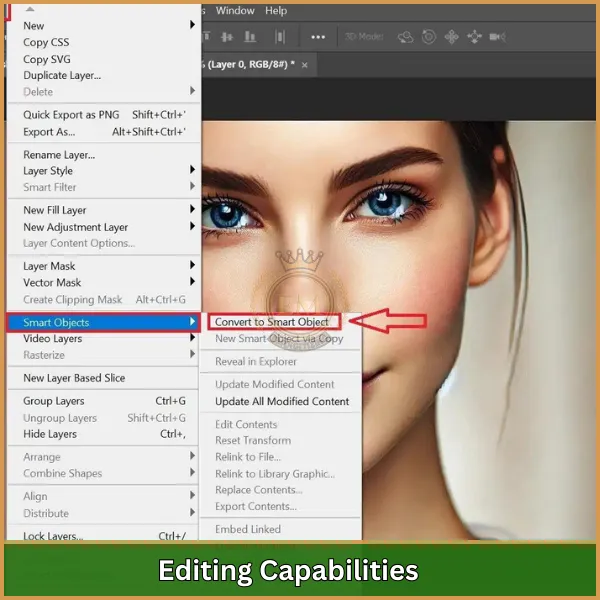
Mit manueller Vektorverfolgung, Sie haben mehr Kontrolle über das Design. Designer können Anpassungen vornehmen, Fehler beheben, und passen Sie das Design an Ihre spezifischen Bedürfnisse an.
Dies erleichtert die spätere Bearbeitung und Feinabstimmung des Bildes erheblich.Automatische Software zum Nachzeichnen von Vektorgrafiken bietet nicht den gleichen Grad an Anpassungsmöglichkeiten.
Sobald das Bild konvertiert ist, Möglicherweise müssen Sie dennoch manuell Fehler beheben oder das Design anpassen. Dies kann zeitaufwändig sein, insbesondere, wenn die Vektoranwendung die Details nicht korrekt erfasst.
Nutzungskontext
Die manuelle Vektorisierung ist ideal für komplexe Projekte, wie Logos, detaillierte Abbildungen, oder jedes Design, das für den professionellen Einsatz perfekt sein muss. Es wird häufig von Vektorisierungsdiensten für hochwertige Drucke verwendet, Stickerei, oder Großanwendungen, bei denen es auf Präzision ankommt.
Auto-Vektorisierungssoftware eignet sich am besten für einfachere Designs, wie Grundformen oder weniger detaillierte Bilder. Dies ist eine großartige Option, wenn Sie eine große Anzahl von Bildern schnell konvertieren müssen und keine extreme Genauigkeit benötigt.
Viele Benutzer verlassen sich auf Vektorisierungssoftware, um unkomplizierte Aufgaben zu erledigen, die nicht viel Anpassung benötigen.
Fazit
Die Wahl zwischen manueller Vektorisierung und automatischer Ausübung hängt davon ab, ob Sie Präzision oder Geschwindigkeit priorisieren. Die manuelle Bildverfolgung bietet unerreichte Details und Anpassungen, Während die Autoverfolgung ideal für schnell ist, einfache Designs.
Für hochpräzise Designs, die Qualität erfordern, EMdigitalisieren bietet erfahren.
Unsere Preise sind sehr wettbewerbsfähig, Und wir bieten schnelle Turnaround -Zeiten. Plus, Neukunden können eine genießen 50% Rabatt auf ihre erste Bestellung.
Erreichen Sie noch heute die besten Vektor -Kunstdienste!
Häufig gestellte Fragen
Adobe Illustrator ist die beste Wahl für die vektorisierende Grafik, Für einfachere Projekte gibt es jedoch kostenlose Optionen wie Inkscape.
Adobe Illustrator ist aufgrund seiner erweiterten Funktionen die beste Software zum Konvertieren von Rasterbildern in das Vektorformat. Sie können auch CorelDRAW in Betracht ziehen, Inkscape, oder Vectr, je nach Ihren Anforderungen.
Um ein Bild zu vektorisieren, Verwenden Sie Programme wie Adobe Illustrator oder CorelDRAW, oder kostenlose Tools wie Inkscape. Mit diesen Anwendungen können Sie Rasterbilder nachzeichnen und in Vektorgrafiken umwandeln, die einfach zu skalieren und zu bearbeiten sind.
Automatische Nachverfolgung, oder Vektorverfolgung, ist eine Software, die pixelbasierte Rasterbilder in Vektorzeichnungen umwandelt. Dieser Prozess erzeugt eine hohe Qualität, skalierbare Vektorbilder, deren Größe leicht geändert und geändert werden kann.
Zu den Hauptarten der Verfolgung gehört die Vektorverfolgung, welches Rasterbilder in skalierbare Vektoren umwandelt, und Bildverfolgung, die Skizzen oder Fotos in digitale Bilder mit bearbeitbaren Pfaden verwandelt.
